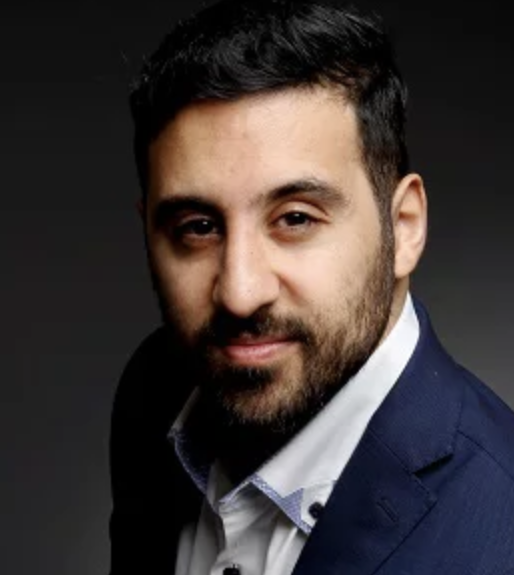Quebec to Cut QIIP Selection by Up to 65% in 2019, CSQ Wait-Time to Double
As part of its plan to reduce overall immigration to the province, the government of Quebec is cutting the number of Quebec Immigrant Investor Program (QIIP) applicants it grants a Certificat de Sélection du Québec (CSQ) from 5,900 investors and their family members to as little as 2,100. As the QIIP application quota remains unchanged, however, at 1,900 a year, wait-times to obtain permanent residence in Canada is bound to increase by a great deal.
The new Quebec government has moved forward with the immigration cuts it promised during the election campaign and plans to reduce total immigration admissions by 25% for next year, bringing the figure down from an estimated 50-53,000 in 2018 to 40,000 in 2019.
Read also: Harvey Speaks Out on CBC’s QIIP Investigation: “It Helped Our Business, Believe it or Not”
The 50-53,000 immigrants in 2018 fall into one of three categories; economic, family reunification, and refugee.
Because the family reunification and refugee categories fall under the remit of the Federal government, Quebec will need to negotiate reductions in those two classes with Ottawa. It is, therefore, expected that the economic category (over which Quebec exerts greater autonomy) will take the brunt of the reduction. The business category, chiefly made up of investors, could lose up to 65% of its slots.
Read also: IMC’s L’ecuyer Urges Adherence to Ethical Code Following QIIP-Investigation
A distinction must be made between “selected” and “admitted” immigrants:
Quebec selects by granting a CSQ to a certain number of economic immigrants each year, effectively recommending them for permanent residence in Canada. It is then up to the Federal government to admit by granting permanent residence to those holding a CSQ.
Read also: Analysis: Does Investor Immigration Have a Future in Canada?
The crucial distinction is the reason certain immigrants selected by Quebec (CSQ) must wait months or years before being admitted by the Federal government and receiveing their permanent residence card.
Selection
- Qualified workers: between 12,500 and 15,000 persons
- Business people: between 2,100 and 2,800 persons
- Other economic immigrants: between 600 and 800 persons
- Refugees selected abroad: between 4,500 and 5,500 persons
- Other immigrants: between 500 and 700 persons
The Quebec government will cut the selection of business people – of whom the vast majority are immigrant investors – from 5,900 business people and their dependents in 2018 to 2,100-2,800 next year, a reduction of 47-65%.
Admissions
In his plan, Quebec’s new immigration minister plans to reduce admissions of economic immigrants to 21,700-24,300 for the year 2019. A drop from the 29,200-31,200 admitted in 2018.
- Qualified workers will experience a precipitous drop, from 24,300-25,900 in 2018 to an estimated 18,000-20,100 in 2019.
- Business people, including investors, entrepreneurs, and self-employed people, will drop from the 4,000-4,300 range in 2018 to between 3,100 and 3,400 planned admissions in 2019.
What this means for the Quebec Immigrant Investor Program
The QIIP has three separate steps to its program:
- Applications taken: 1,900 main applicants (annual quota)
- Selection: 2,100 to 2,900 individuals (for 2019) in the business category
- Admission: 3,100 to 3,400 individuals (for 2019) in the business category
There are roughly 3.4 individuals per immigrant investor family, who make up the lion’s share of business category immigrants.
The new government will not change the current quota of 1,900 applications, and investors will still be able to submit their applications and make their investment at the same clip as before.
But since, while keeping the application quota unchanged, the government has decided to reduce by more than 50% the number of CSQs it hands out, a CSQ backlog will grow sharply.
Considering the current processing times, it looks like the wait for the CSQ will more than double as a result of this policy change.
The wait-times for Canadian federal permanent residency, however, may shorten within a few years, as admission rates remain greater than those of selection.
Stephane Tajick is a researcher in the field of investment migration, the developer of the STC database on more than 200 residence and citizenship by investment programs worldwide. He is a regular columnist at Investment Migration Insider.



